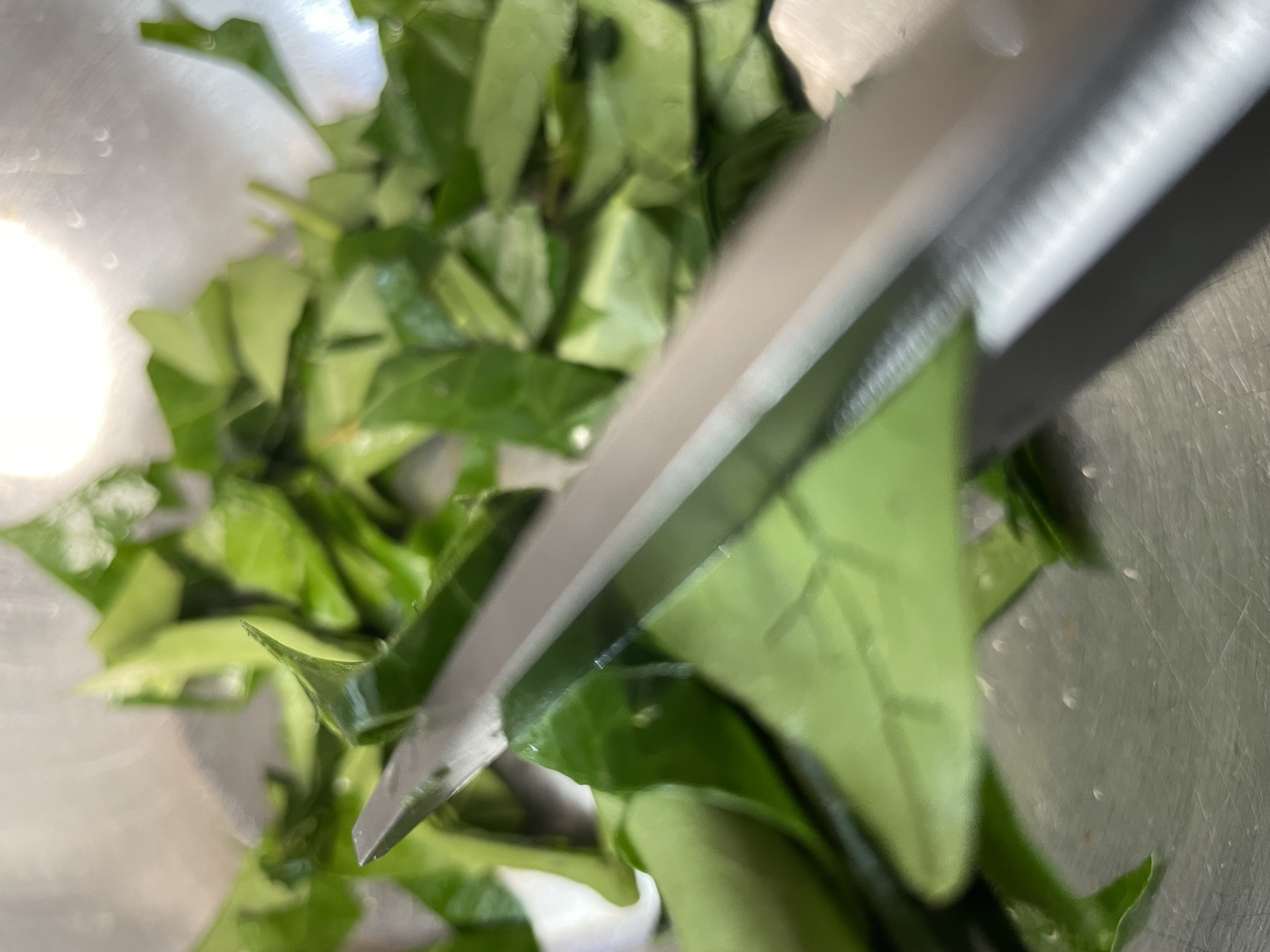Saponins are fascinating compounds found in various plant species, including English Ivy (Hedera helix) and chestnuts (buckeyes). These natural surfactants are known for their ability to create foamy detergents, which can be used for cleaning surfaces and laundry.
English Ivy, a common and hardy plant, contains saponins in its leaves, especially the older, dark green ones. When these leaves are boiled in water, the saponins are released, creating a soapy solution. This solution can be used as a natural detergent, making it an eco-friendly alternative to store-bought detergents that often contain synthetic chemicals.
To make a bottle of detergent from English Ivy just boil about 50-60 leaves in 4½ cups of water for around five minutes. After cooling the mixture to a hand-hot temperature, the leaves are squeezed and agitated to disperse the saponins. The liquid is then strained and ready for use. Compost the leaves.
But this weekend, I just used the leaves as I was only washing the dog towels. I washed and cut up a big handful of leaves, placed them in a mesh laundry bag, added 2 tablespoons of washing soda to the washer and put the filthy towels through on a hot wash with a rinse.
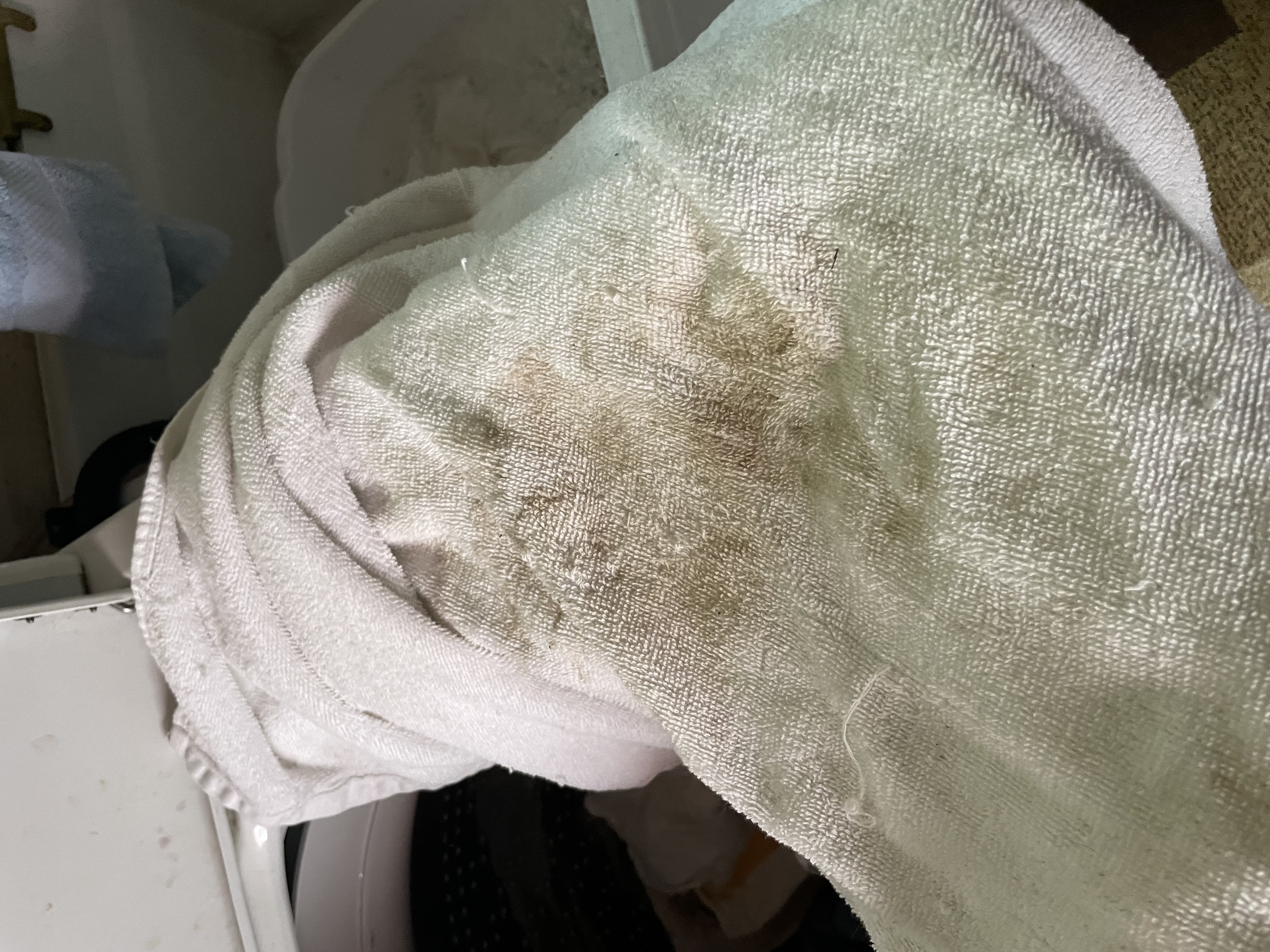
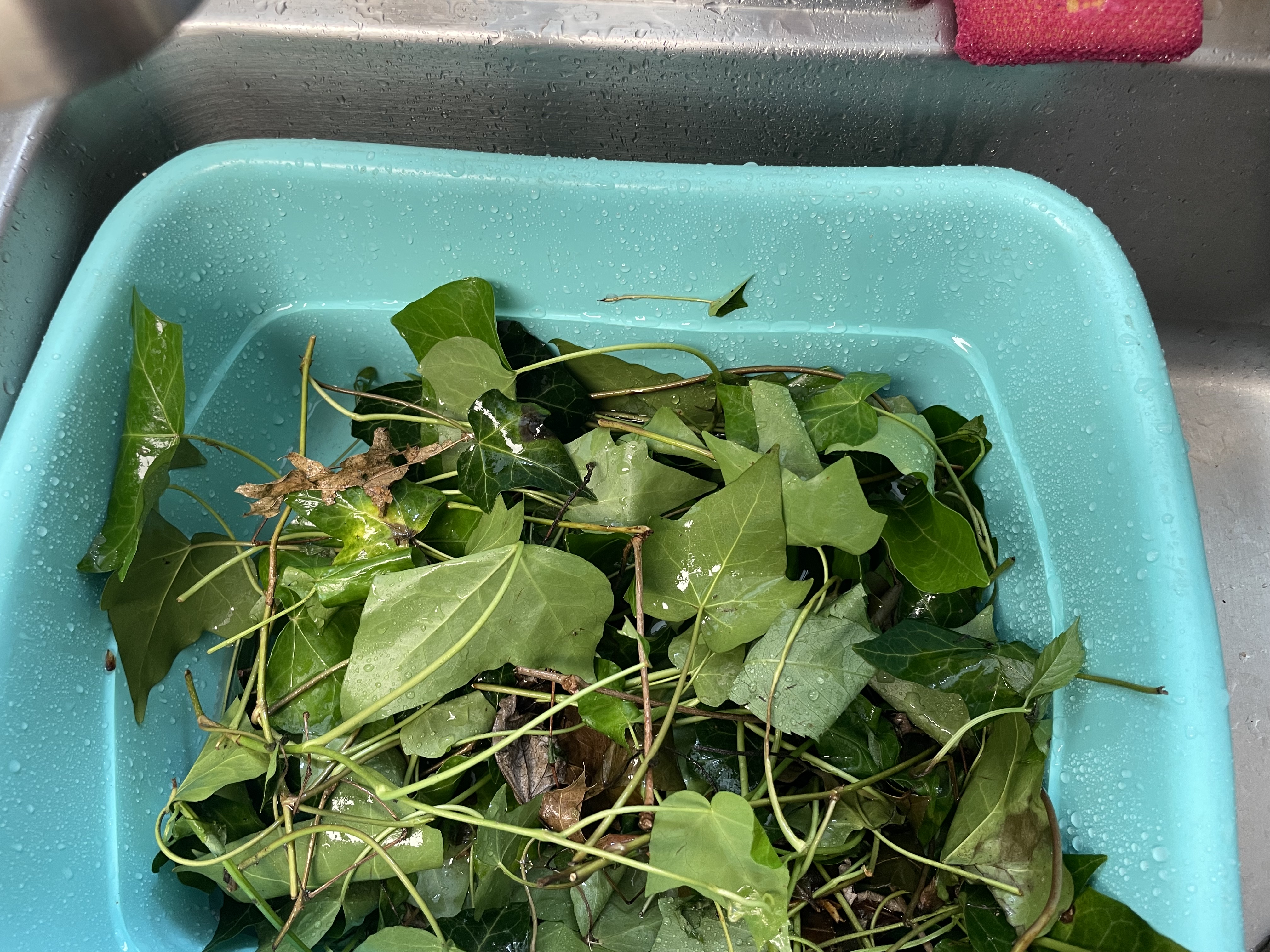
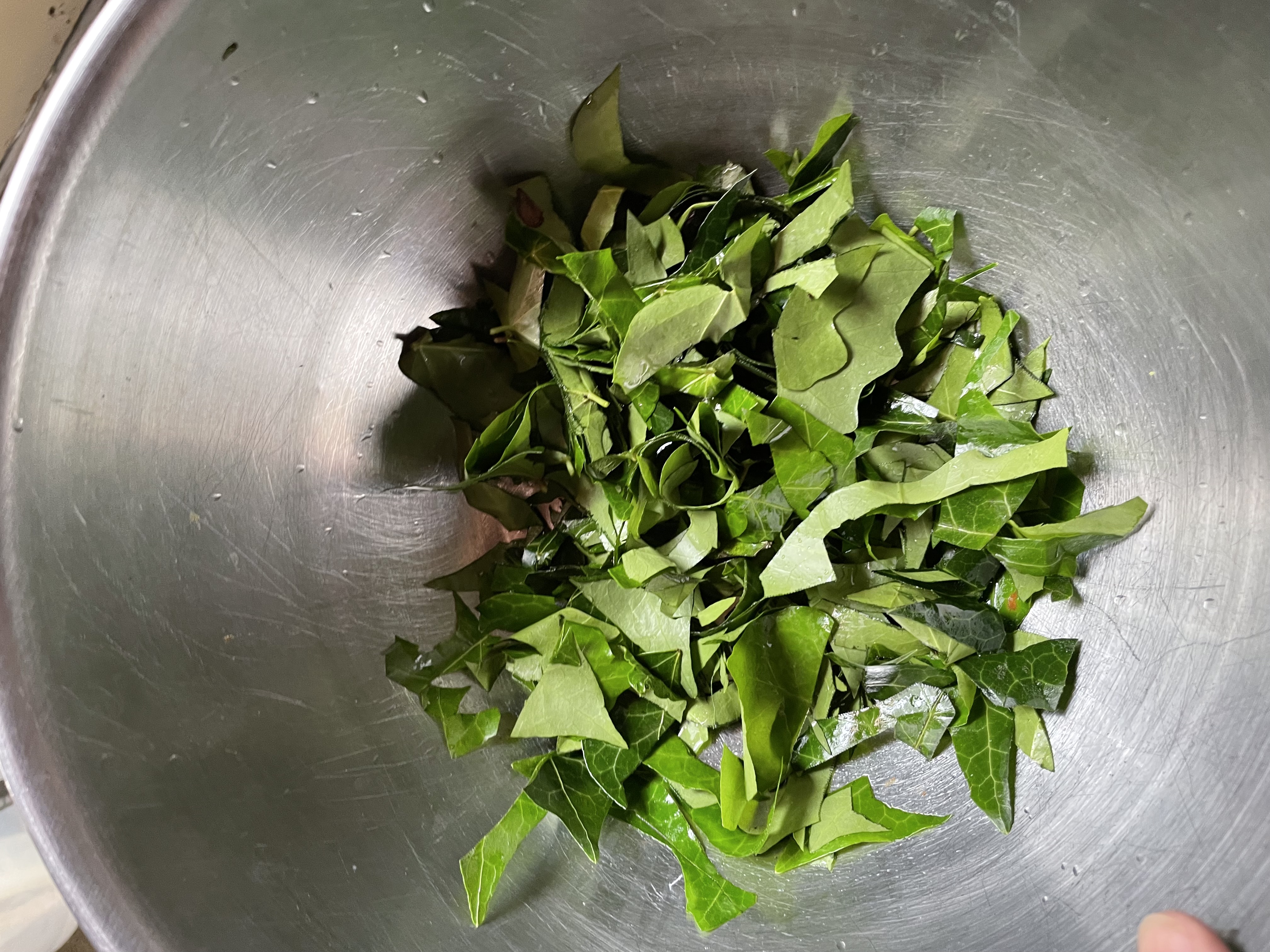
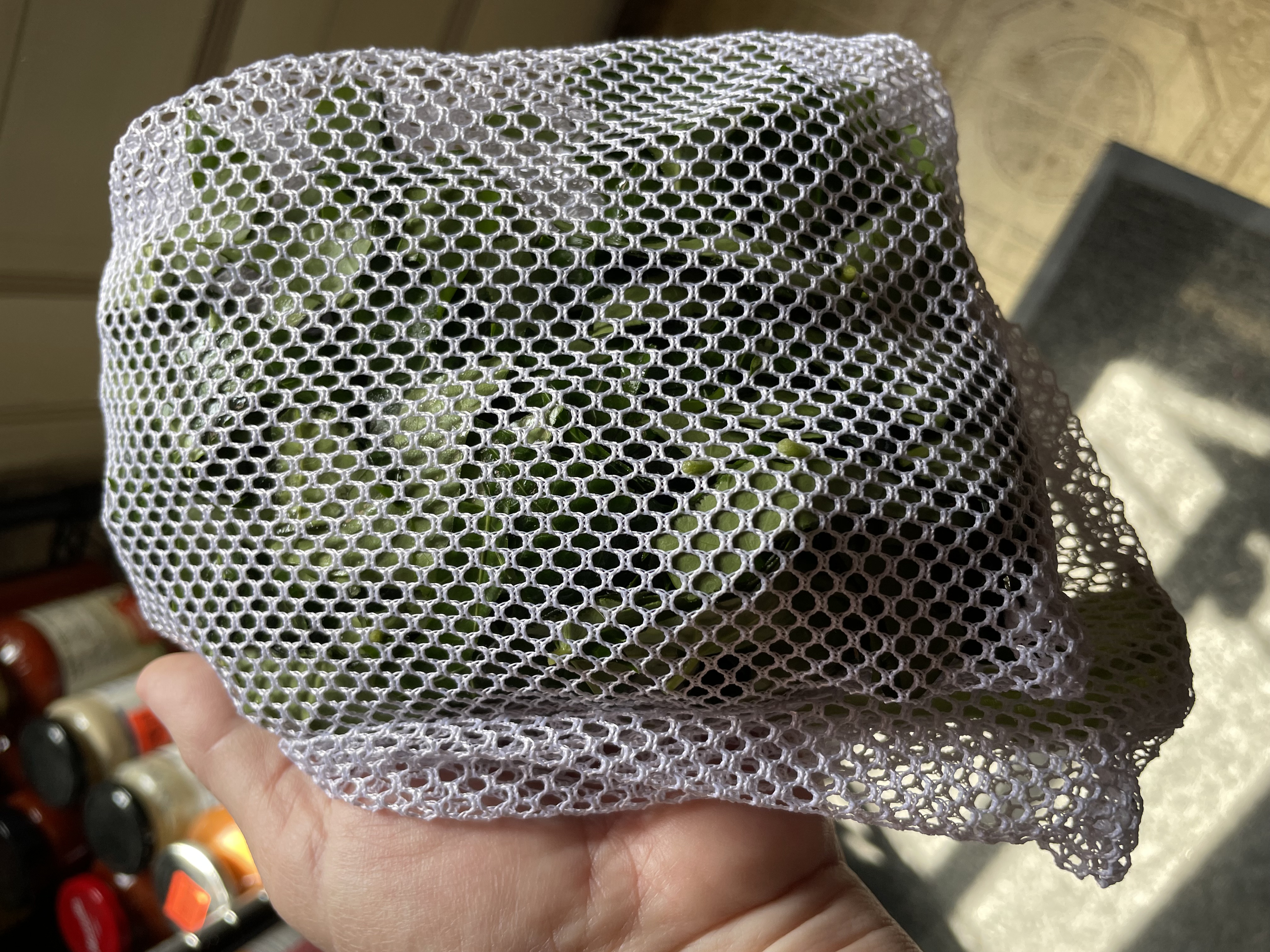
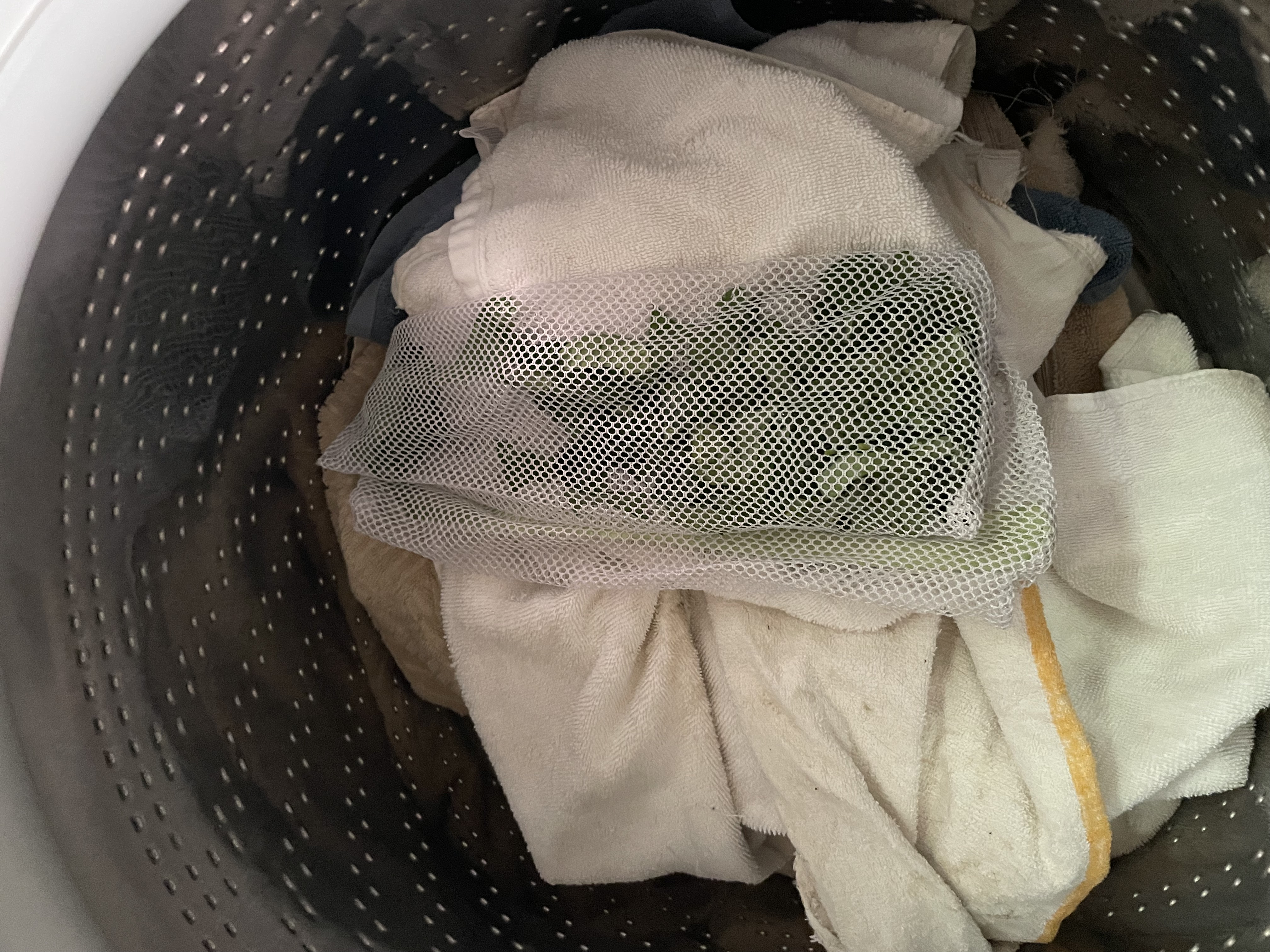
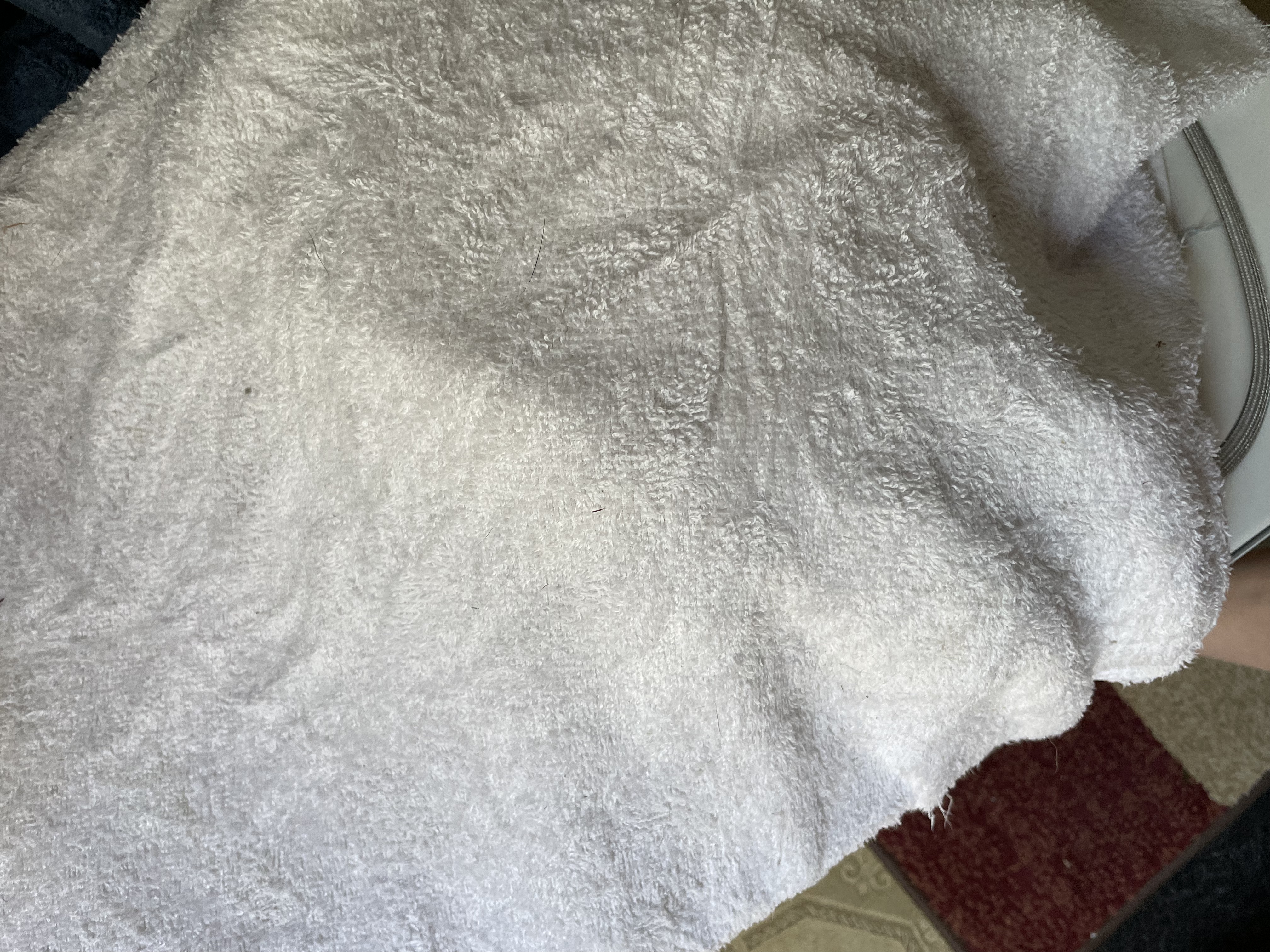
This homemade detergent can be used in laundry and for cleaning surfaces, offering a natural, biodegradable, and cost-effective solution. Beware though! English Ivy is toxic to humans and pets, so caution should be exercised when handling the plant and its saponin-rich leaves and make sure to rinse well.
